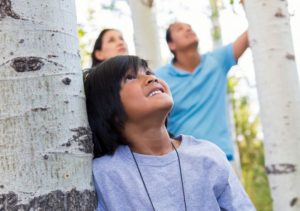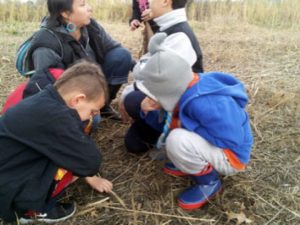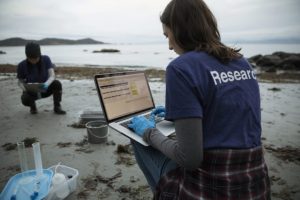
Reimagine STEM is a four episodes podcast series discussing inter-disciplinary education and practice in engineering and computer science. It was created by a group of creative producers at the CoDesign Culture Lab, an event hosted by the ANU College of Engineering and Computer Science (CECS) in November 2019 as part of the CECS agenda to Reimagine how engineering and computer science serve the emerging needs of the middle of the next century. The episodes focus on four main themes:
- Educational innovation
- Computer science and engineering for social benefit
- The need for diversity
- Indigenous knowledge contributions
As I listened to the podcast episodes, particularly, episodes three and four, I realized more than ever the need to work collaboratively with Indigenous communities to widen our toolbox and integrate new knowledge as well as our need to develop with an eye on their local concerns. Below is the list of episodes and few notes on each. On the same page, you will find other podcasts interviewing each guest; some discuss work on the ground relevant to our coursework.
| Episodes | Key Highlights |
| Episode [01]: Engineering education for the future |
-“Equity is we want to make sure that all different student populations are welcome, rigour as we want to teach something that has real content, scale is we want to make sure that we remove impediments that make us work at very large scales. “- Shriram Krishnamurthi
|
| Episode [02]: Engineering for social benefit |
-“We don’t want to approach problems as engineering problems. We need to approach them as human problems.” Cameron Tonkinwise-
|
| Episode [03]: From diversity STEMs brilliance |
-“There is a wealth of lived experiences and creativity that is either not invited in [the] fold in the first place or get squeezed out of the fold.” Cathy Ayres-
|
| Episode [04]: First Nations, first knowledge |
– We need to start working together, in that two-way learning where Indigenous knowledges and knowledge systems and Western ways of engineering and computer science is an incredibly valuable collaboration.” Angie Abdilla-
|
Reference:
- The ANU College of Engineering and Computer Science. (2019, June 1st). Reimagine STEM. Retrieved from https://cecs.anu.edu.au/reimagine/reimagine-stem




